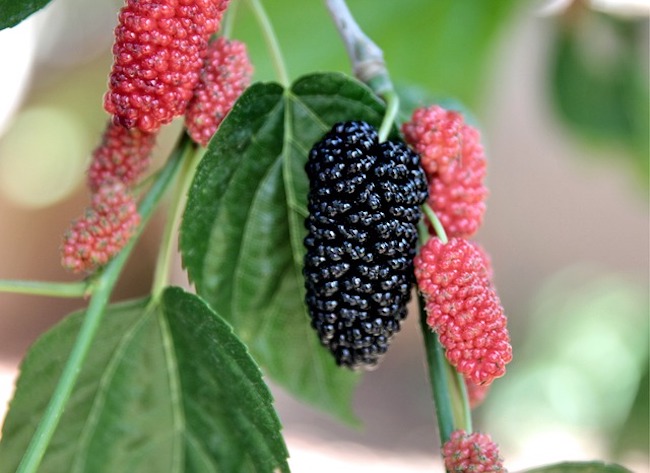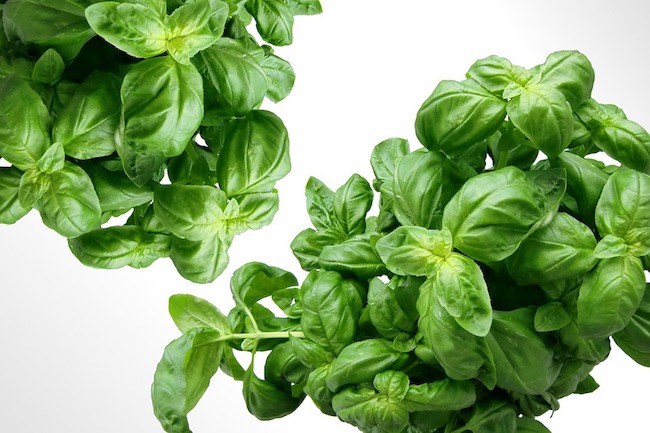Native American Medicine Healing Plants Everyone Should Know About by: Steve Nubie for Off the Grid News
Native American Medicine
When it comes to herbal remedies, many of us are familiar with the benefits of Echinacea or purple coneflower as an antibiotic, willow bark as a painkiller and aloe as a topical anesthetic and treatment for skin conditions. But that’s common knowledge compared to the insights and treatments that Native American medicine men discovered and used.
Native American medicine men developed a wheel very similar to the yin/yang of Asian medicine. The use of herbal remedies and other alternative forms of treatment was the cutting-edge medicine of their day. This was a holistic approach to medical treatment that relied heavily on plants and their unique benefits.
What follows is a list of indigenous plants, trees, fruits and flowers unique to North America that have surprising benefits as defined by Native American tribes. If and when times are tough, it might be good to keep some of these ancient cures in mind. They also are good for everyday needs when you consider how effective some of them can be.
Licorice tea for a sore throat is a good example. It’s also interesting that many of these natural cures are still in use today, including beeswax and bee pollen, chamomile and others. It’s a good demonstration of the benefit of wisdom developed over centuries.
It’s hard to know how Native Americans determined which plants might have medicinal properties, although trial and error was probably one approach. It’s also thought that they observed sick animals eating certain plants and determined that those plants must have a certain property worth exploring. Since that time, scientific studies have verified the medicinal value of many plants. In fact, common aspirin is derived from salicin, a chemical in the inner bark of willow trees that were used in ancient times for fever and pain.
These medicines were usually administered via teas or pastes that were either ingested or applied externally. Sometimes the plants were eaten as food or added to food or water. On occasion, a salve or poultice was applied to open wounds. I would strongly recommend that you avoid the latter, given the risk of infection from wild sources.




